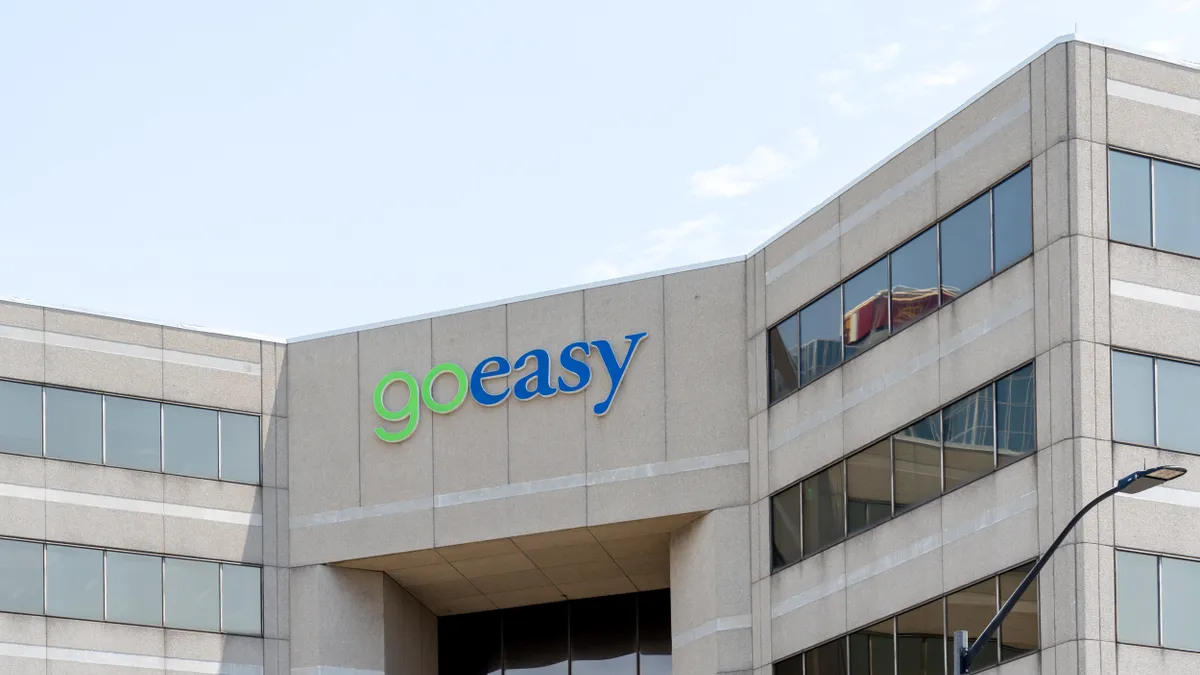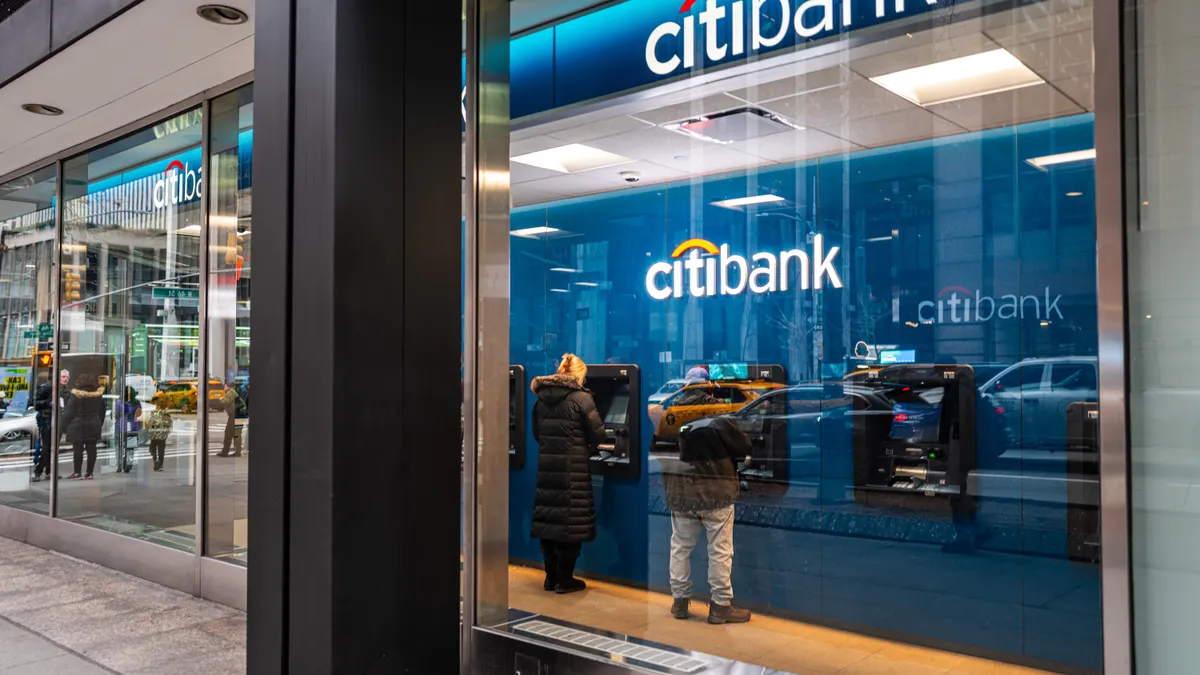Sara Khan changed jobs three times in the past year before landing at Amazon Web Services in March as a program manager. She had been looking for a place where she could flourish.
"I want to be more aggressive in programming, understanding SQL, going into the configuration side of things. And it's been not taken as seriously as I feel like it would have for a male counterpart," said Khan of previous workplaces. "And that played into me leaving almost instantly."
Khan, a 27-year-old based out of Canton, Michigan, was one of more than 47 million employees who changed jobs in the Great Reshuffling that has upended the workforce, according to data from the U.S. Bureau of Labor Statistics. With ample opportunities in the market, employees can leave and pivot to jobs that they deem a better fit.
Companies are learning they must explore new options to retain talent. At the top of the list is boosting team morale and cultivating a positive company culture.
In a survey of more than 2,000 people pursuing a career in tech, half of respondents between the ages of 18 to 28 blamed company culture for leaving or wanting to leave a tech job, according to a Wiley Edge report. Research suggests that younger adults are more likely to leave their jobs, though some analysts are quick to caution against correlating age with flight risk.
"People really want to be cared about, they want to be understood and they want to have a reason to engage."

David Seidl
CIO and VP of IT at Miami University
Christie Struckman, VP of research at Gartner, rejected the idea that the increase in job-hopping is a generational difference. There is, however, a life-stage difference, she said.
“When you’re young, you feel like you’ve got your future in front of you. You don’t have things tying you down to any geography,” Struckman said. “I think you’re more open to moving and less tolerant of crap.”
This is critical for CIOs and those in leadership positions. Voluntary turnover costs organizations between half and up to two times an employee’s salary, costing U.S. businesses a trillion dollars combined, according to a 2019 Gallup study.
It's up to companies to make a job worthwhile for talented employees with endless options.
Invisible DEI initiatives feel hollow
Diversity, equity and inclusion (DEI) initiatives are one way companies try to recruit and retain employees. However, these initiatives fall flat when employees do not see themselves in higher positions.
Khan said a major factor in her switching to AWS was having a South Asian woman for a boss.
"I don't think people understand how life-changing that can really be," Khan said. "That was really impactful."
The tech industry has historically lacked diversity on every level. Brittany City, a 29-year-old lead data analyst for product data science at HP, said she grew accustomed to being a minority, the only Black person in school or at work.
"I felt like when I got into tech, that was something that I didn't know had as much of an impact on me, my work and my enjoyment of work than it actually did," City said, who is based in Nashville, Tennessee. "Not having that person that you can sidebar chitchat with, even about TV shows, does impact how much you enjoy it and the emotional attachment you have with your team."
City said that while people job-hop for more money, it's easier when they aren't emotionally attached to their team.
Despite low team morale at work, City has built connections through online communities.
“When you’re young ... you’re more open to moving and less tolerant of crap.”

Christie Struckman
VP of research at Gartner
Groups like "Baddies in Tech" are growing in popularity as tech employees look to build communities outside of their companies. The group, with tens of thousands of followers across Twitter, Instagram and LinkedIn, promotes an inclusive, empowering culture through Slack channels, happy hours and Discord servers.
"When you're remote and all you have is someone's name and their avatar or face, you're going to have your subconscious biases," City said. "So having spaces where people can just be human helps you connect."
Research suggests that there is a direct correlation between hollow DEI initiatives and employee attrition. It falls to executives, and the CIOs leading tech teams, to evaluate DEI efforts to make sure they support the diverse workforce they wish to retain.
Watercooler community
David Seidl, CIO and VP of IT at Miami University, was recognized for the culture he cultivated by earning a spot on the 2021 IDG ComputerWorld Best Places to Work in IT list. Seidl said he emphasizes building relationships and having fun at work.
"People really want to be cared about, they want to be understood and they want to have a reason to engage," Seidl said.
Seidl's strategy revolves around the idea of a "watercooler community" by encouraging staff to use fun Slack channels, whether that means sharing recipes, photos of pets or celebrating alternative holidays, such as National Chili Dog Day.
"We're really engaged everyday, and little things and big things build engagement, which builds community," Seidl said.
Positive culture and high morale not only serve employees but can also increase productivity for the company as a whole. Denise Rousseau, professor of organizational behavior and public policy at Carnegie Mellon University, said that when employees are in a healthy work climate, it brings out the most potential.
“If you’re in an environment where morale is high, it also makes it likely that people are in a position where they can be more productive or effective,” Rousseau said.
Changing the culture
Headlines suggest that the executive focus on culture started with the Great Resignation. But CIOs have been concerned about their company's culture since 2016, according to Struckman.
“Starting back in 2016, we started getting [feedback] from our CIOs and our annual CIO survey that they were very worried about their culture,” said Struckman. “The Great Resignation is not new, but what it does is it [shines] a bright light on the experience of employees.”
When evaluating whether a workplace is positive or negative, employees look to see how they receive recognition and punishment.
"A feature of an environment that creates a toxic workplace is when the organization offers scarce rewards but manages behavior by punishment and compliance," Rousseau said. More punishment than rewards makes for a toxic environment.
Seidl has worked previously in workplace climates where this was the norm, so he made recognition a top priority.
"One of the things I'm known for on campus is having a big box of candy bars and other 'thank you' items," Seidl said. "If one of my staff members does something awesome, I will hand-deliver their choice of candy bar and thank them personally."
"When you're remote and all you have is someone's name and their avatar or face, you're going to have your subconscious biases."

Brittany City
Lead data analyst for product data science at HP
CIOs struggling with a toxic workplace culture need to look inward. A Ten Spot survey conducted in Nov. 2021 found that nearly half of employees surveyed said their boss makes them want to leave their current job. The number jumped to 81% among respondents in managerial positions.
"Sometimes the toxicity shows in the employee, but it's actually resident in the managers," Struckman said.
Seidl also knows this to be true.
"Leaders have to lead from the heart,” he said. “They have to be connected and care about their staff, at least in my world, to be successful. You cannot build this artificial distance, and you can't disengage with your staff and be successful anymore.”




















